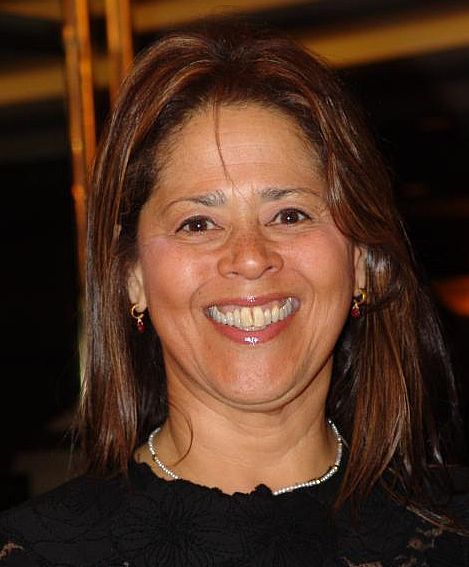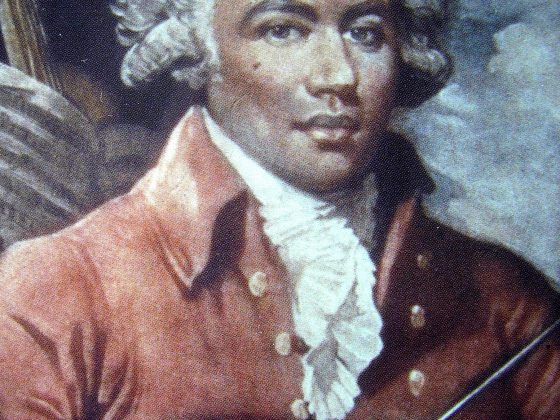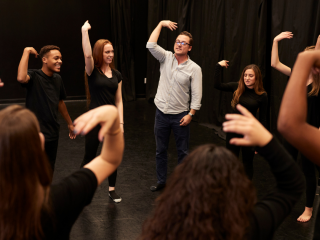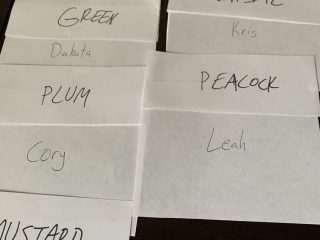As we come to the end of Black History Month and celebrate the diverse artists who have helped shape the theatre, I thought I’d take you on a quick journey through verbatim theatre with Anna Deavere Smith, one of my favorite theatre-makers. Smith is known for her one-woman plays that shed a light on critical social issues like racial inequity and race relations.
Verbatim Theatre: A Crash Course
Anna Deavere Smith’s work is mostly in a theatrical form called verbatim theatre, which is a specific form of documentary theatre. Documentary theatre essentially combines journalism and theatre to document a real-life event or current social issue. Instead of a playwright coming up with a traditional script, documentary theatre gets its content from newspaper clippings, interviews, transcripts, letters, or other primary sources. In verbatim theatre, subjects are typically interviewed about a specific topic or event, usually one with political or social implications like racial justice, income inequality, or homophobia. The performer then “performs” the subject’s words exactly as they were spoken, sometimes dressing like the subject and taking on his/her mannerisms. Smith herself is well known for the meticulous work she puts into capturing a subject’s speech patterns. For example, she includes every “uh” or “umm” that her subjects utter as part of what she calls the “poetry” of the subject’s language.
Verbatim theatre can be a powerful tool for illustrating and spurring discussion about critical social issues. Because verbatim theatre performers don’t inject a personal opinion about their subject, audiences can see and hear the perspectives of multiple people from a neutral point of view. The audience then gets to form their own opinions about the reality being presented on stage.

Photo credit: John Mathew Smith & www.celebrity-photos.com ( CC BY-SA 2.0 )
Anna Deavere Smith’s Work
Smith got her start in theatre after graduating with her MFA in Acting from the American Conservatory Theatre in San Francisco. She has said that she found it difficult to get cast early in her career because directors didn’t know how to categorize her ethnicity-wise. So, she began to create her own work. Her career really took off with her first major play, Fires in the Mirror. The play deals with the 1991 Crown Heights riot that erupted in Brooklyn, New York after a Hasidic Jewish man ran a red light and accidentally struck two children with his car, killing seven-year-old Carribean-American Gavin Cato. Smith interviewed several people from both the Jewish and African-American communities, getting their perspective on what happened and what they witnessed through the lens of their cultural and ethnic identity. She then performed monologues as her interview subjects, using their exact words as her text.
After her success with Fires in the Mirror, Smith created Twilight: Los Angeles, 1992, arguably her best-known work. This play covers the Los Angeles race riots of 1992 that resulted from the acquittal of several white police officers who brutally assaulted a black man, Rodney King. As is often the case with documentary theatre, and Smith’s work particularly, the play features diverse perspectives, including those of activists in the African-American community, a white juror on the trial that led to the riots, and a Korean woman whose shop was destroyed. The play examined not only the riots themselves, but the social and cultural context surrounding them, including pre-existing tensions between African-American residents and the Los Angeles Police Department in the 1990’s.
Twilight: Los Angeles was nominated for a Tony Award and won Smith her second Drama Desk Award for Outstanding One-Person Show. In 2001, the play was turned into a film for PBS with Smith still performing each role. You can watch it in full here.
Because she does not provide personal commentary, Smith is able to illuminate and navigate racially-charged events and the complex issues surrounding them, not as an activist but as a neutral vehicle for a diverse range of voices. She also avoids telling the audience what or how to think about a particular issue or subject, allowing each individual audience member to form their own opinions through the lens of their own experience and identity. The medium of verbatim theatre also allows for a more nuanced look at these issues; by selectively choosing subjects that can speak to specific elements of an issue, theatre-makers can craft a more fully-dimensional look that goes beyond talking points or sound bites.
Modern Verbatim Theatre
One of the best-known recent pieces of verbatim theatre is The Laramie Project, which premiered in 2000. The play centers on the aftermath of the murder of Matthew Shepard, an openly gay college student who was brutally murdered at age 21. The play has had multiple performances across the United States and remains popular among community theatres and with college and university theatre programs.
In 2011, screenwriter Dustin Lance Black wrote 8, a verbatim play with text pulled from transcripts and interviews from the lawsuit over a constitutional amendment banning same-sex marriage in California. The play was performed in 2012 with a cast of well-known actors, including Brad Pitt, Kevin Bacon, Martin Sheen, and Jane Lynch.
Doug Wright’s I Am My Own Wife is a one-man show based on Wright’s interviews with Charlotte von Mahlsdorf, a German transgender activist and founder of the Grunderzeit Museum. The play won the Pulitzer Prize for Drama and remains popular with community and college theatres across the country.
Verbatim theatre is a powerful tool for theatre artists to shine a light on important social issues and give everyday people a voice. By using the theatrical medium, it quite literally puts issues center stage. If you think you may want to try your hand at verbatim there, here’s a great guide to get started!














